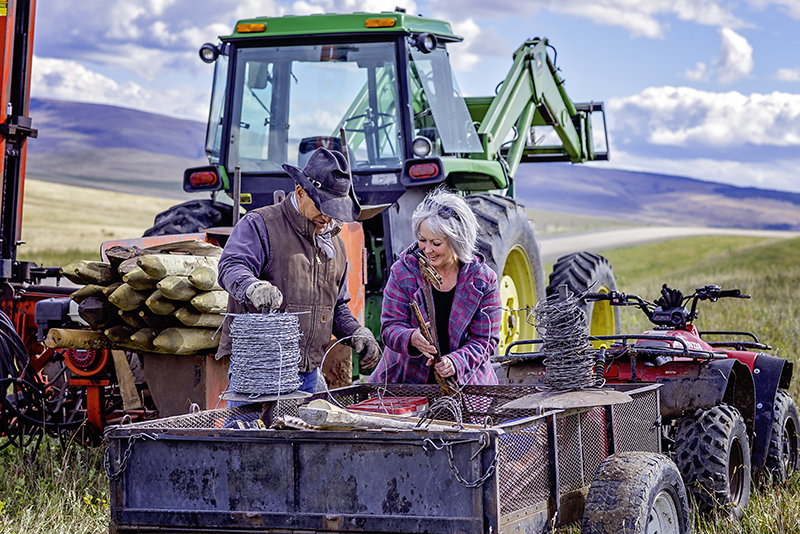Strengthening Mind & Body through Yoga
Text by Michelle Chenoweth • Photography by Jim Wells
There is no good or bad when it comes to yoga, only a willingness to be honest, present, and accountable to you. Starting a practice can be very intimidating. Whether you attend group classes, play on the mat at home, or work one on one, the practice of yoga is a very personal journey. It is an opportunity to explore more than just the flexibility of your body, but how you respond to the ebb and flow of the world you exist in. The word yoga means to yoke or connect. Connect to your life, your emotions, your mind, body and spirit. We all want to feel connected to something, to feel that our lives are important. Yoga is more than a workout, it is your time to slow down, to breathe mindfully, and greet yourself wherever you are in that moment, to connect to the most authentic you. Yoga exercises functional range of motion in the joints and spine and focuses on mindful movement and positioning of the body to increase strength, flexibility, balance, coordination, agility, cardiovascular, pulmonary, and bone health. Through mindful movement of the body and breath, yoga is also very effective at managing stress and anxiety. The benefits of yoga are truly endless. This short sequence allows you to start at whatever level of intensity you seek and feel your ability and practice progress over time. As you come to the mat, explore your intention. Move as slowly or quickly through the poses, and repeat as many times as you desire. Breathe. Feel. Let go.
Cow/Cat: Begin the practice on all fours. Shoulders over wrists and hips over knees. Begin to breathe in through the nostrils into the belly, ribs and chest. As you inhale feel the pelvis tip forward deepening the curve in the back and expanding the front body. As you exhale engage the abdominals and draw the belly up and in rounding the back body like a cat. Tuck the tailbone under and chin to chest. Repeat until you feel well acquainted with the body and rhythm of the breath.
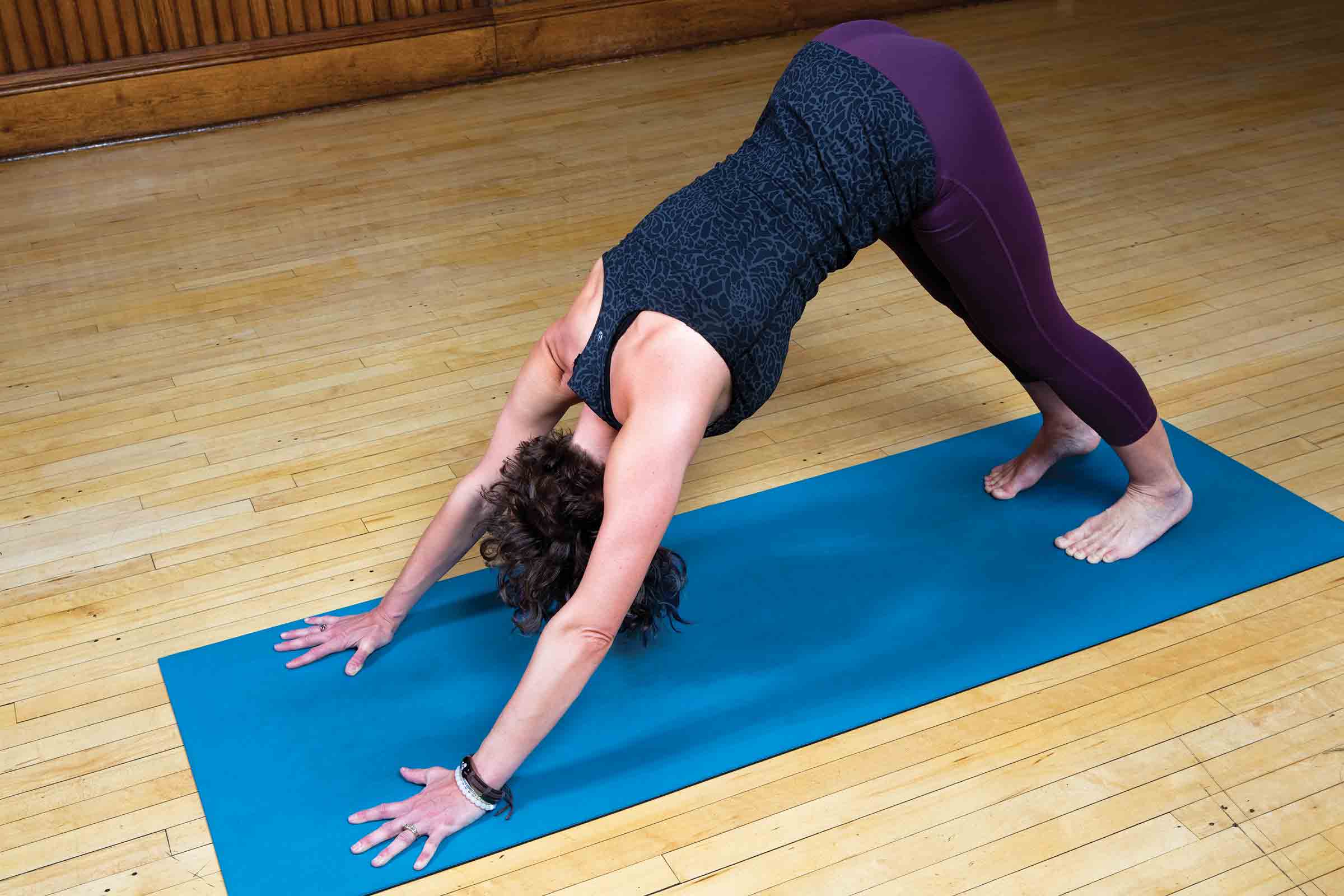
Downward facing dog: This inversion brings hips to the sky, creating a long neutral spine from sacrum to crown, and an energetic stretch into the belly of the hamstrings. Feel the space around the collarbones open up as you press your shoulder blades strongly onto the back ribs. Draw the chest toward the thighs, and the sits bones back and wide. Root down through the heels and lengthen the back of the neck, gazing toward the knees. Breathe. Hold and explore as long as you like or flow into the next posture. You can modify this pose by coming off the mat and bringing hands to the wall.
Plank: Create total body strength in Plank. Stack Shoulders over the wrists and squeeze hands into the mat and toward the pinky finger. Feel your shoulder blades strong on the back, and bellybutton hugged in. Muscularly engage the whole body as you hold and breathe. You can modify this pose by coming onto the knees or forearms. Stay as long as you like or flow to the next posture.
Cobra or Upward facing dog: Starting belly and chest to the mat with arms in push up position, squeeze feet, knees, and inner thighs together and engage glutes to secure the lower back. Press through the hands to lift the chest off the mat. Breathe into the length of the front body. In full Upward facing dog, the shoulders will be over the wrists, Push through the hands and root through the toes to lift the body off the mat. Feel the chest open and space open up between the shoulders and the ears as you pull the shoulders onto the back and squeeze the shoulder blades together. Modify by coming onto the forearms, following previous alignment ques. Lower back down to the mat or flow back into Downward facing Dog.
Lunge: Begin with forward leg pressing strongly down through the 4 corners of the foot and knee stacked directly over the ankle. Lengthen back through the opposing leg and root through the ball of the foot. Muscularly engage the leg muscles to create a hugging in to the hip sockets. Create a long neutral spine by hugging the belly away from the thigh and using blocks to bring the ground closer to you if needed. Modify degrees of difficulty by bringing back knee to the mat, or standing up in the pose. Breathe, hold, and switch sides when ready.
Hip opener with twist: Begin on back with arms in a T position. Bring palm of right hand to Right knee, Inhale as right knee opens away from the body. As you exhale right knee comes back to center and hands switch places, roll onto the left hip as right leg comes across the body. Head rotates opposite the knee. Squeeze into the twist repeat pattern, switch sides when ready. Feel the breath guide the movement of the body and maintain the shoulders on the mat.
Take a few minutes to breathe, relax, integrate, and be still before you get back up. Namaste
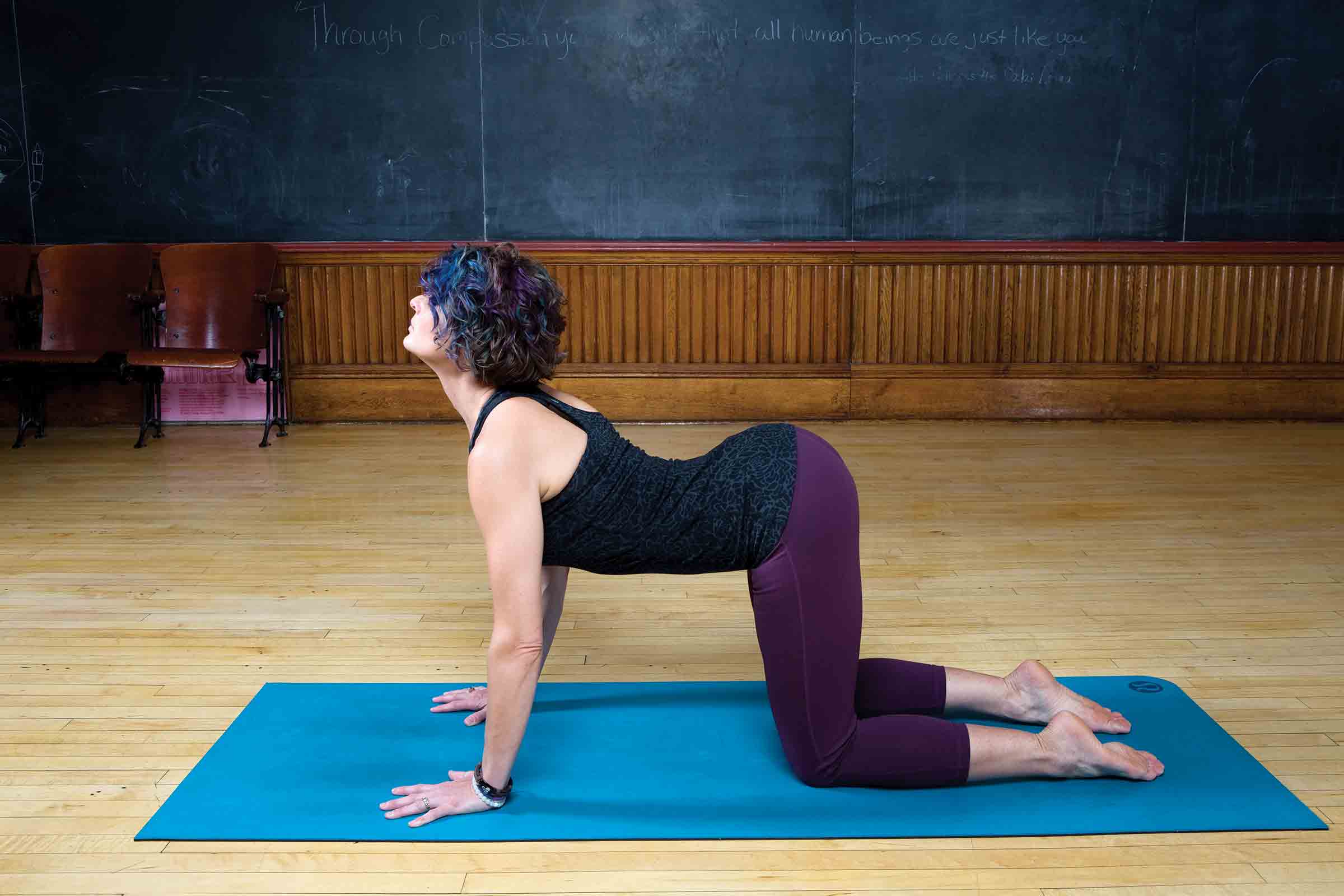
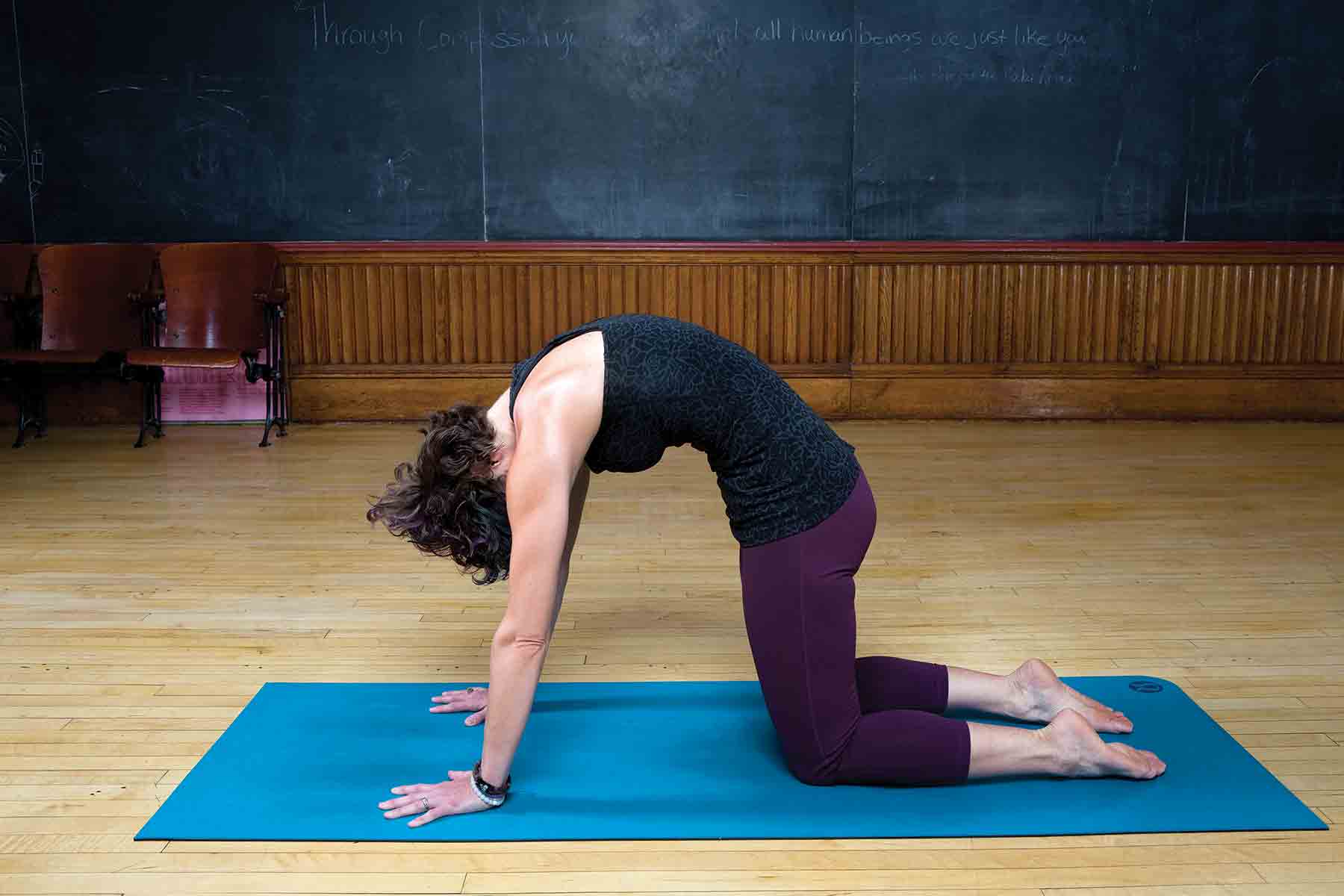
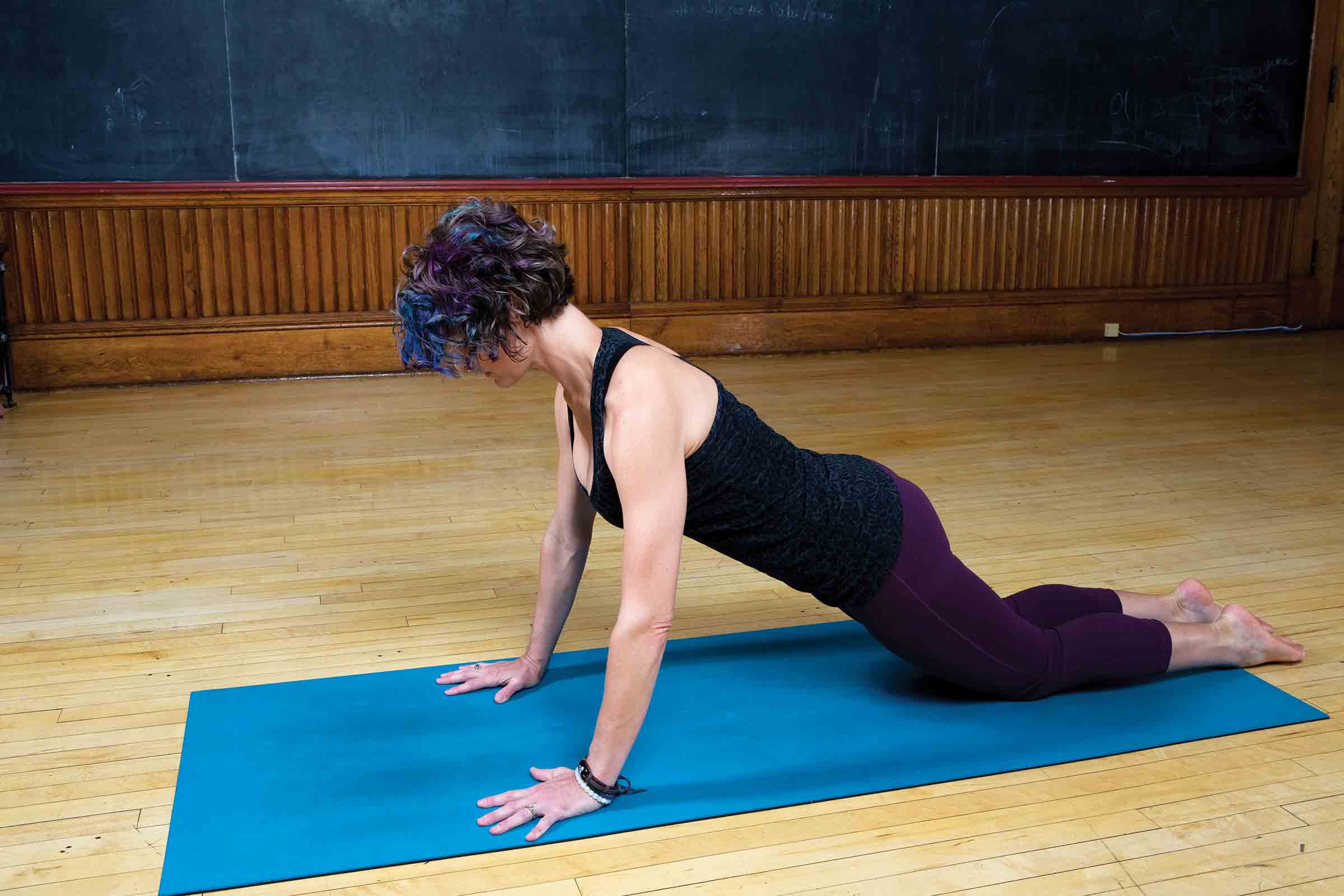
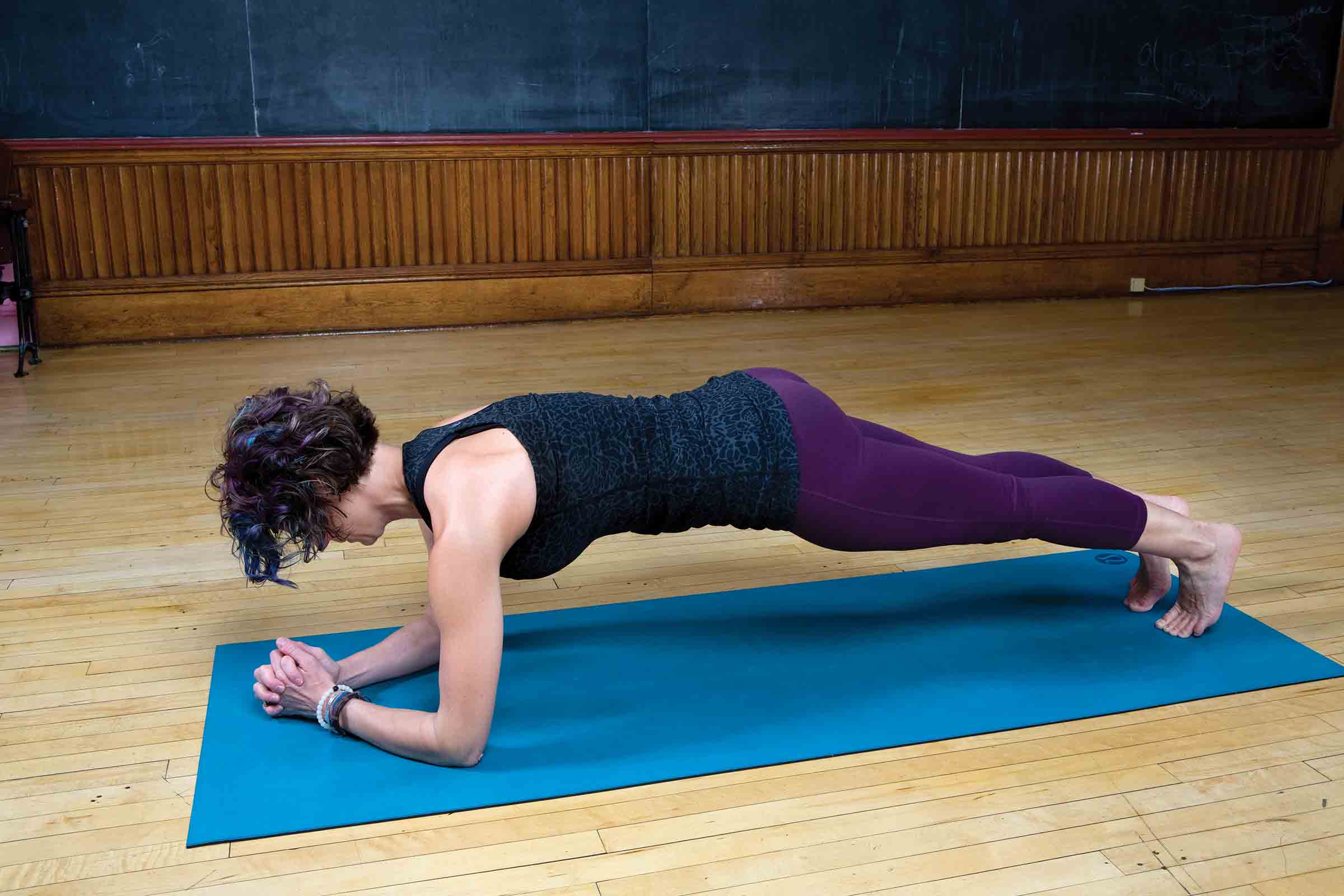
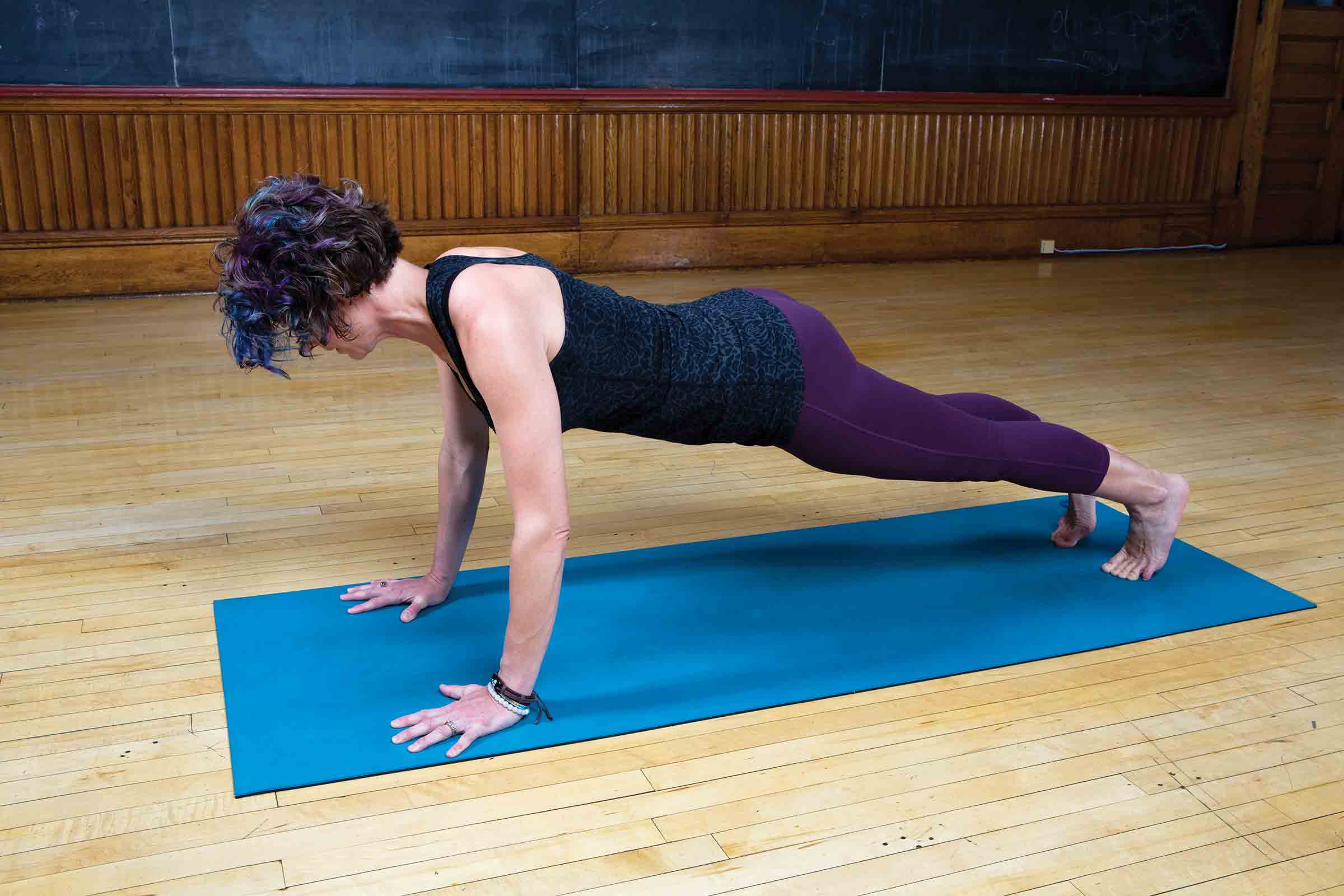
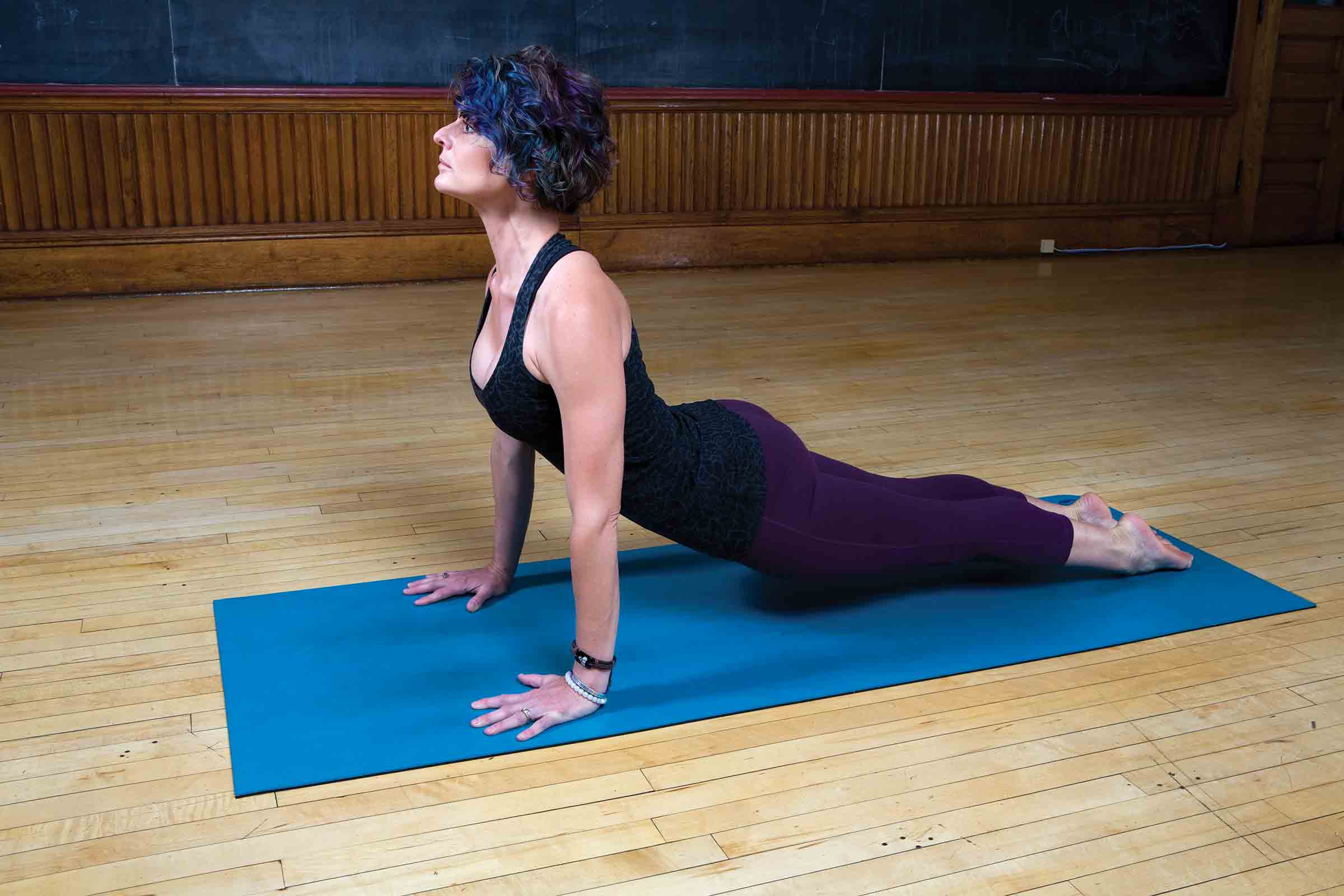
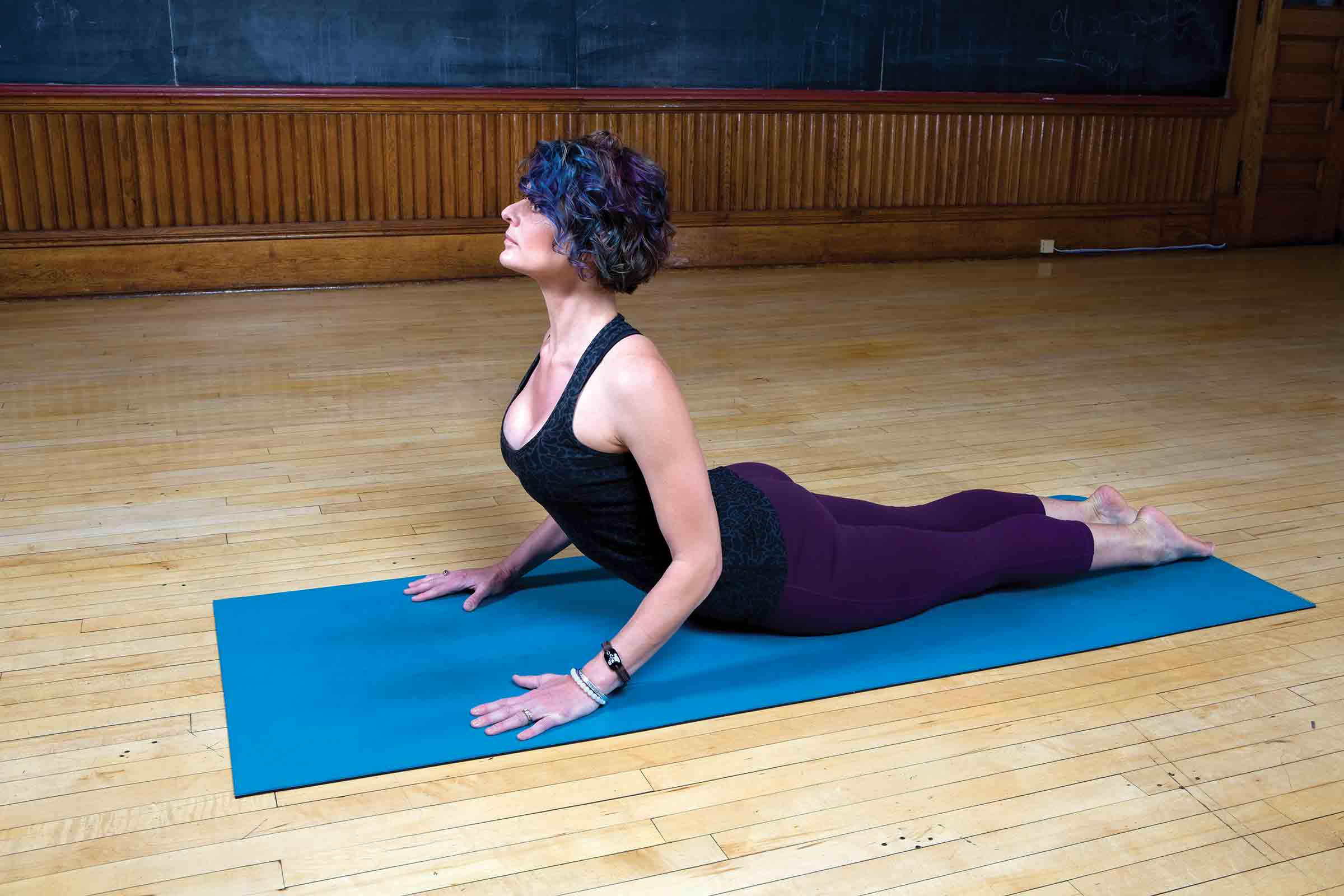
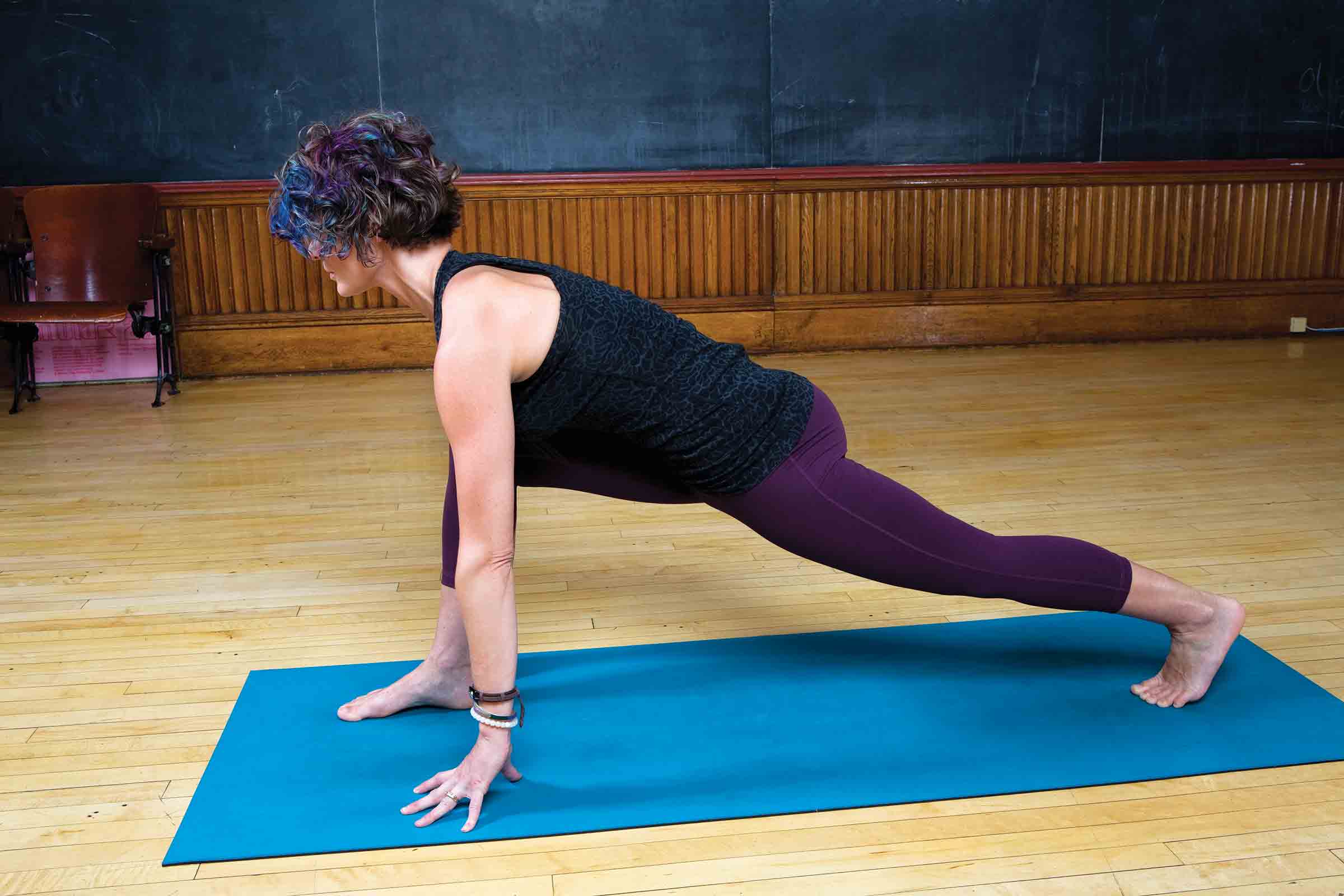
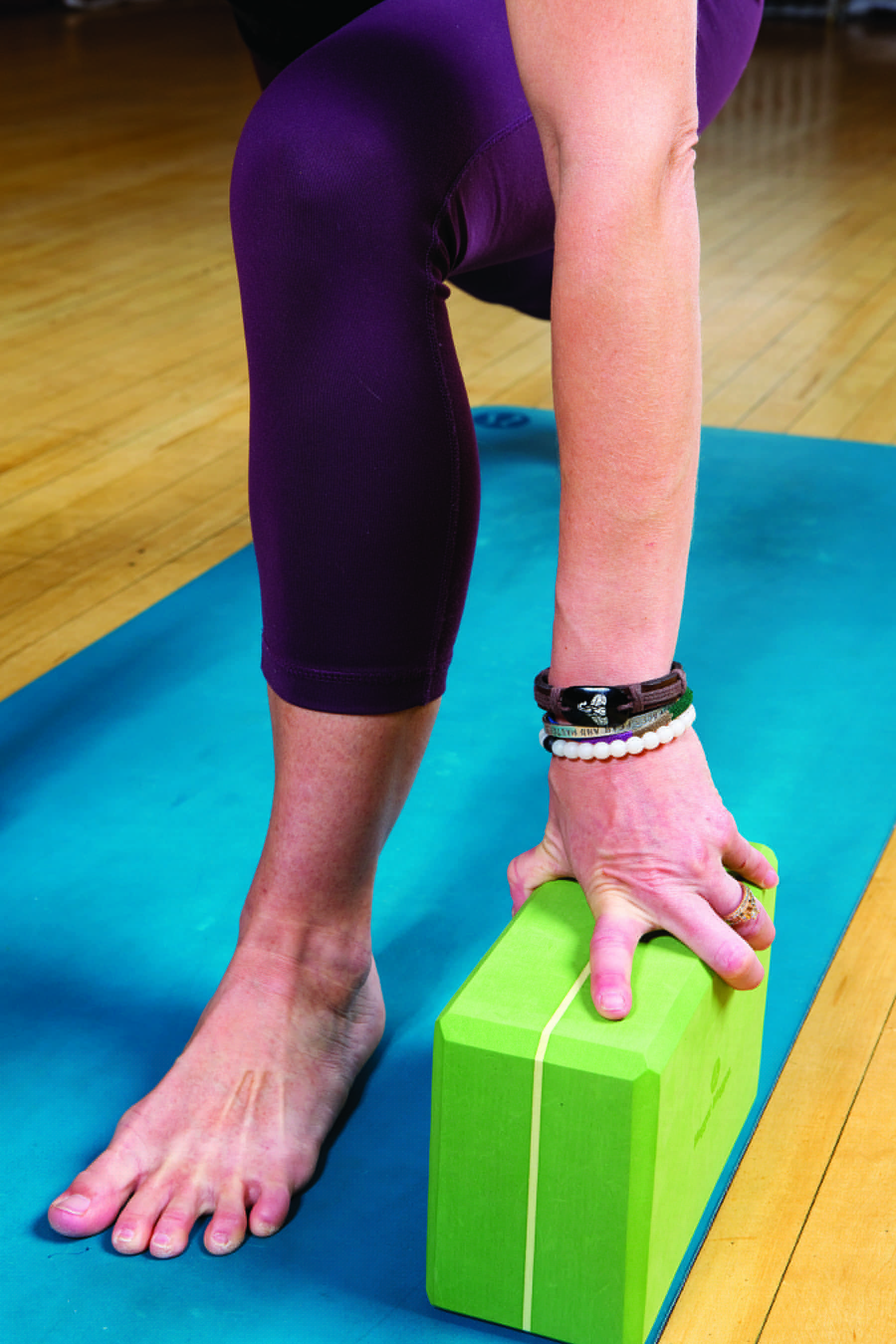
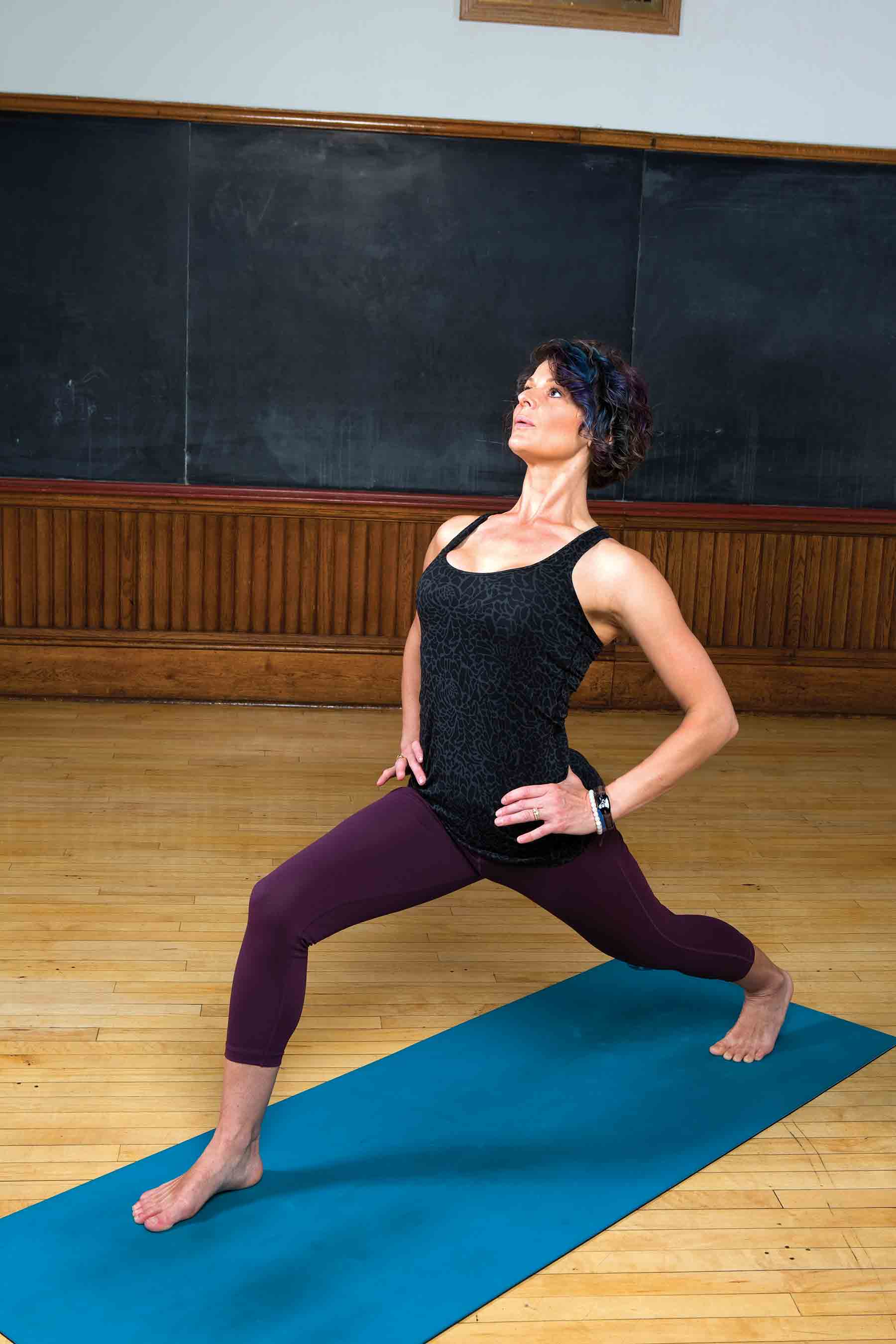
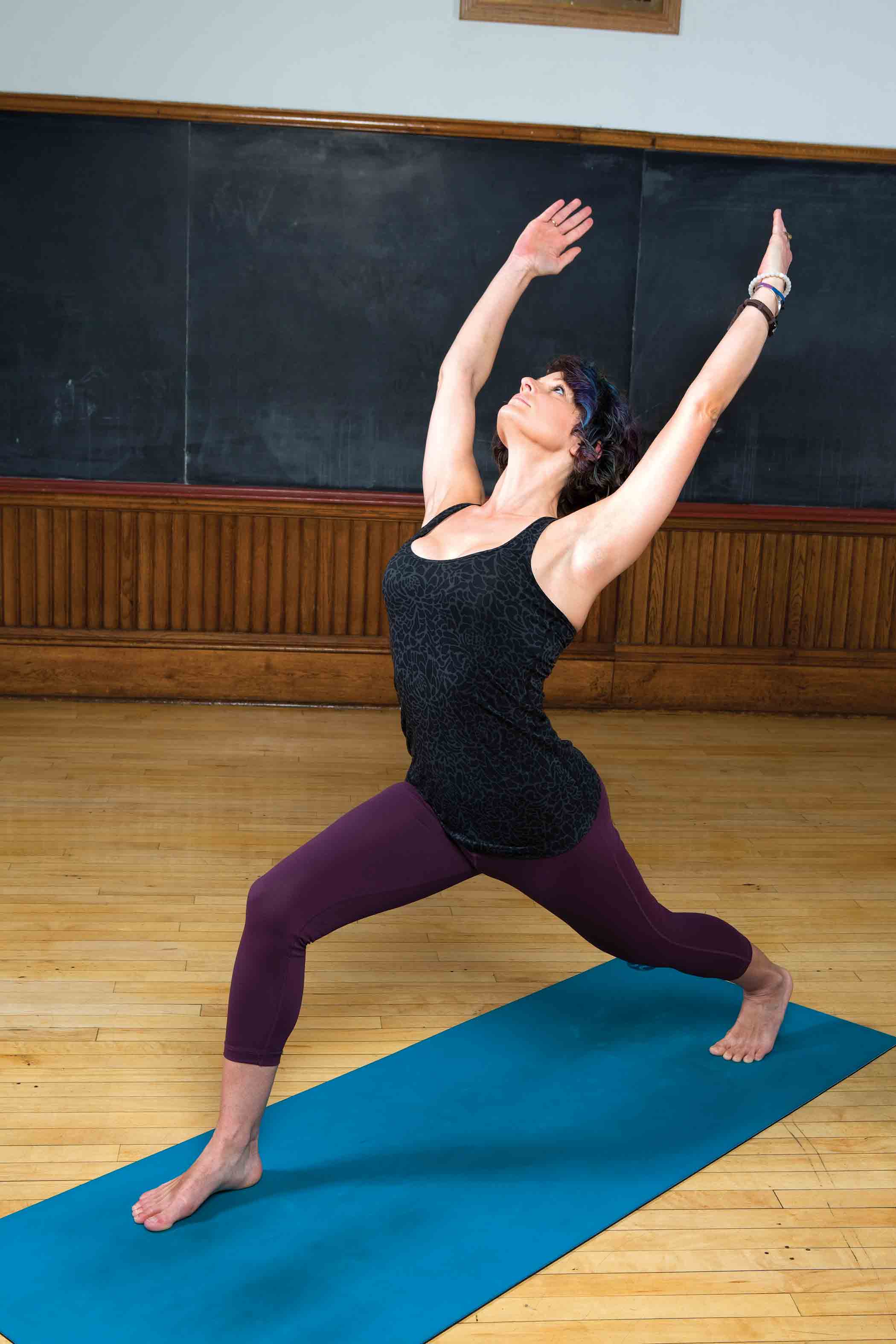
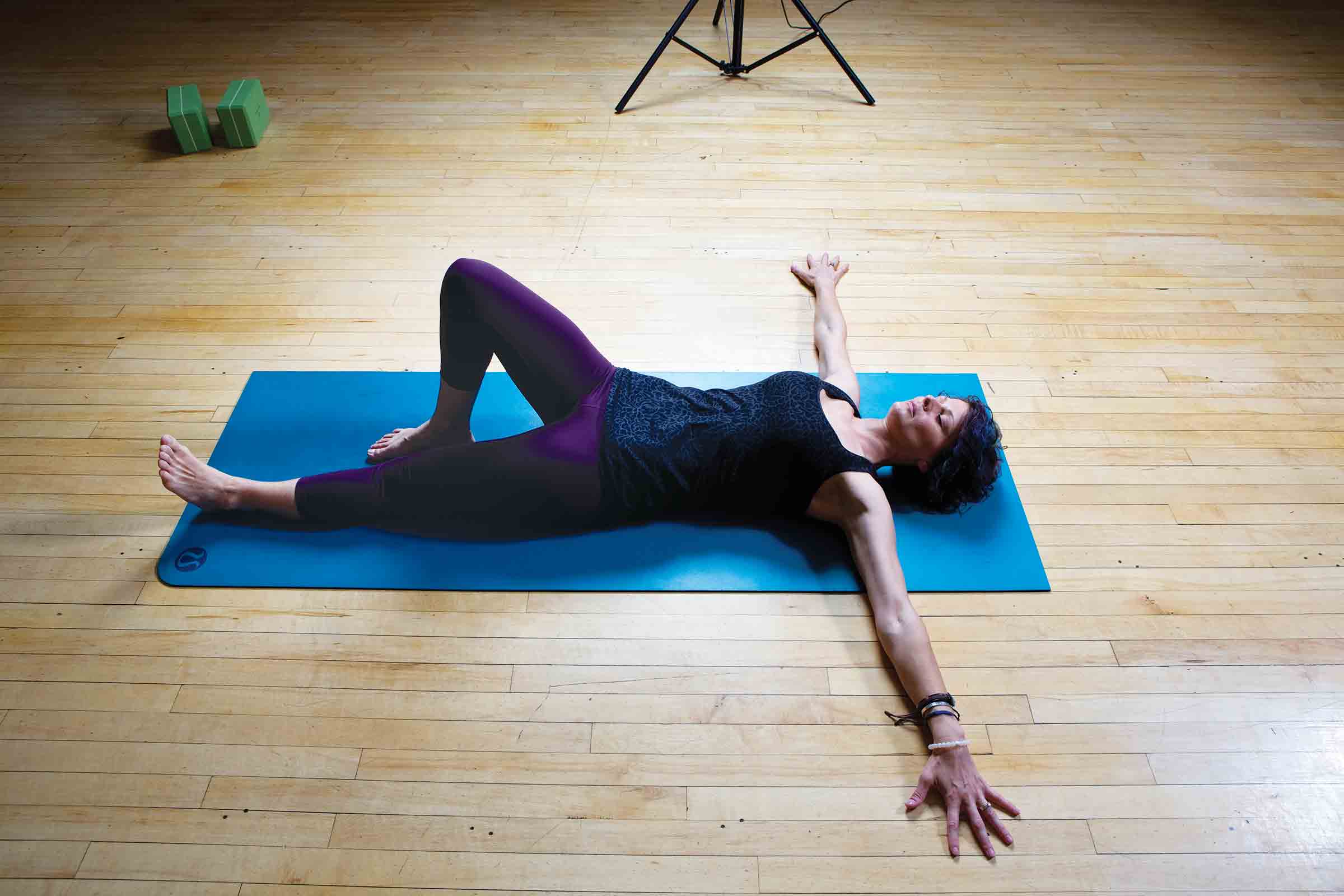
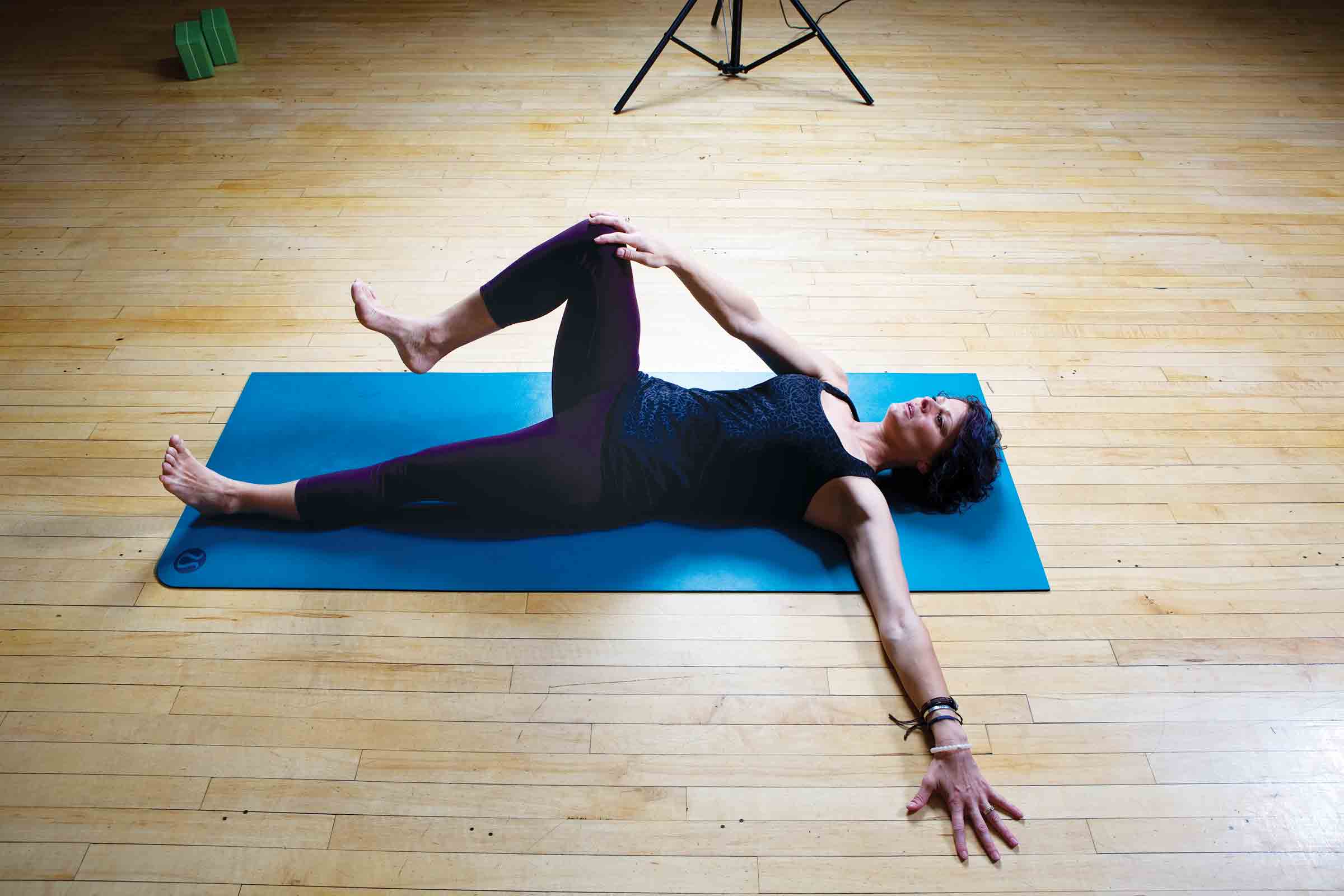
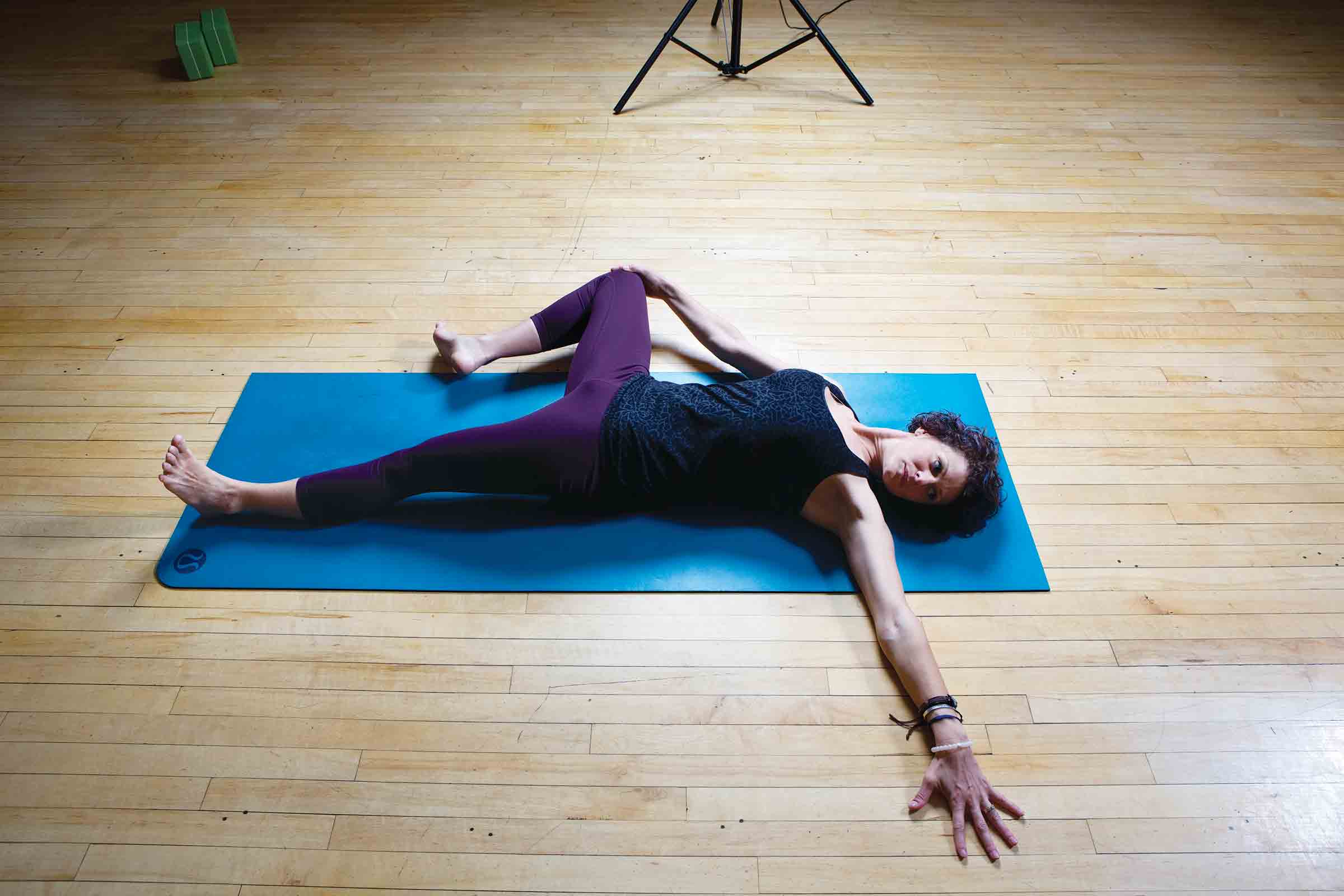
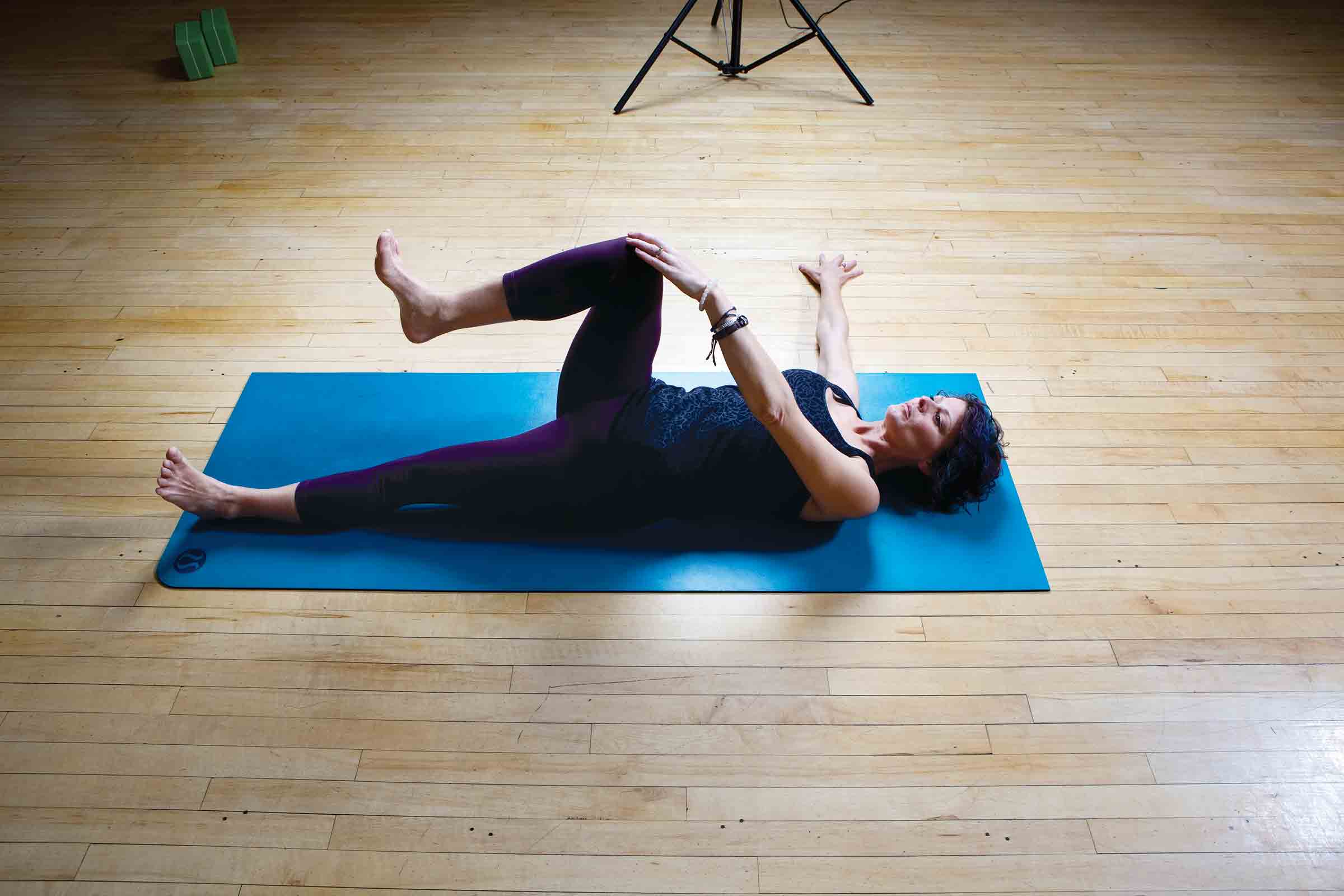
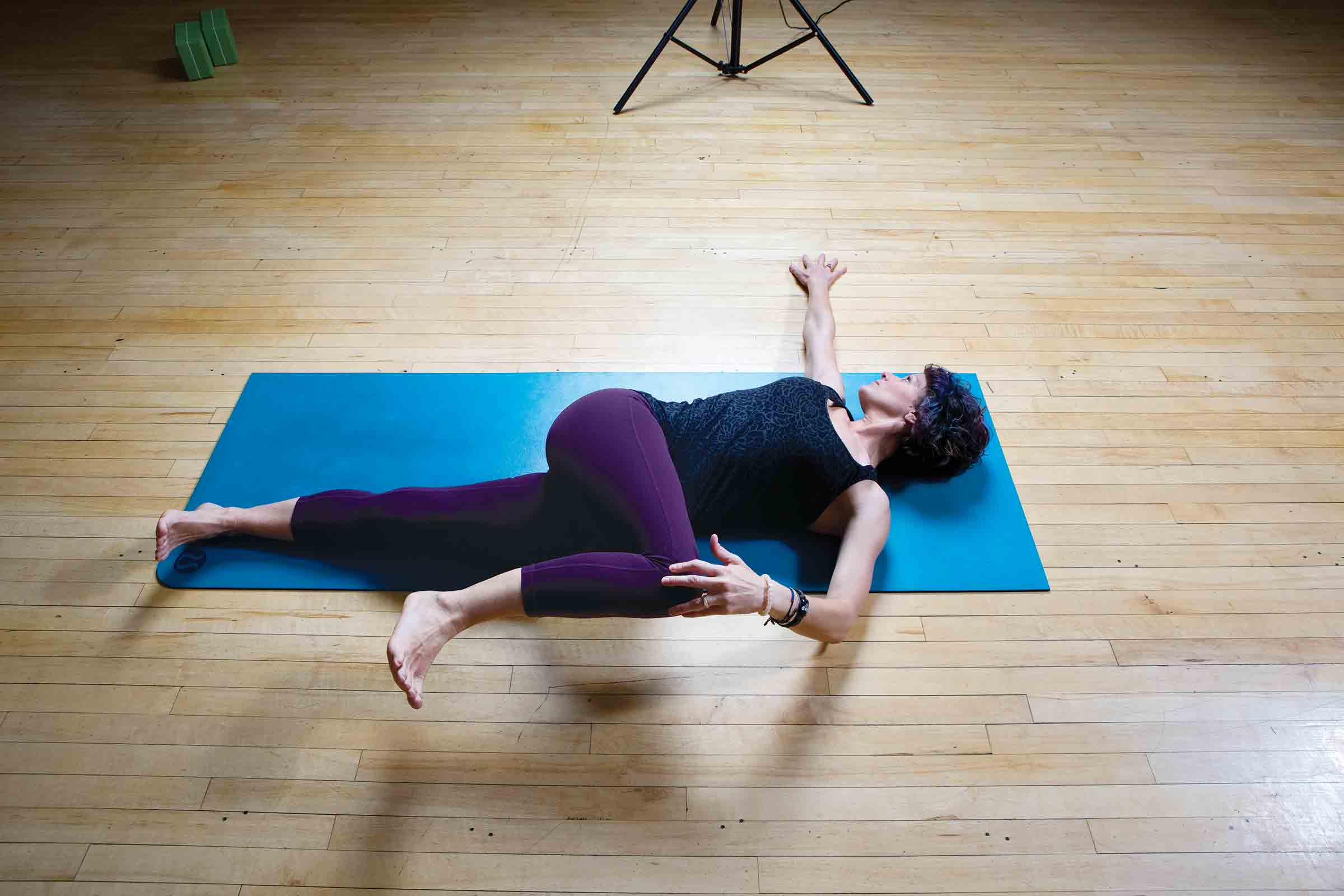
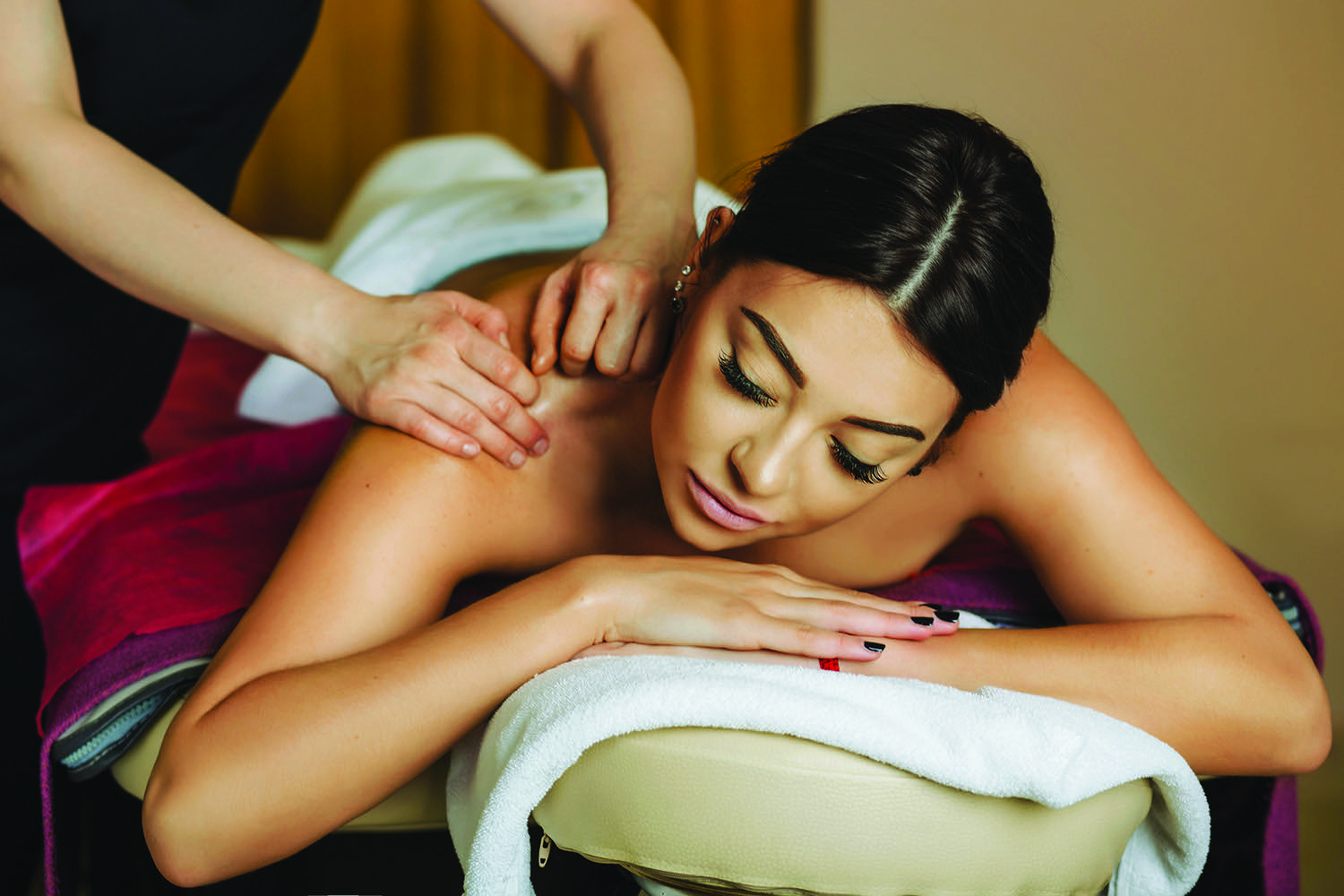
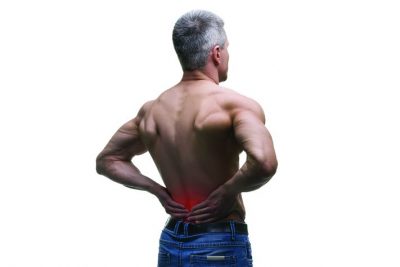 Most Americans will experience an episode of significant back pain over the course of their lives. The good news is: most back problems get better on their own – approximately 90 percent of patients
with lower back problems recover within six weeks, including those with disk herniations.
Most Americans will experience an episode of significant back pain over the course of their lives. The good news is: most back problems get better on their own – approximately 90 percent of patients
with lower back problems recover within six weeks, including those with disk herniations.